Cucumber is a valuable greenhouse crop. It is very popular in five-star hotels. It can be found in salads, raita, and pickles. It easy to cultivate than other crops. Due to this, the cucumber farming is popular among farmers. It is generally cultivated throughout the year.
In order for the cucumber crop to bear fruit, pollination is required. This pollination is by bees and other insects. But it is difficult for bees and similar insects to enter the polyhouse, so it is necessary to cultivate cucumber of “Parthenocarpic” species while planting the crop in the polyhouse.
Cucumber can be grown in almost all types of soils. Soil with good drainage is suitable for this crop. The pH of cultivable soil should be between 5.5 to 6.7.
Preparation of seedlings

Due to the good germination capacity of cucumber seeds, seeds are sown in a raised bed, or at least 5 to 6 weeks old seedlings are used for transplanting.
In the polyhouse, a pro tray is used for growing cucumbers. Mixtures such as coco peat and vermicompost are used to fill the pro tray. Then one seed is sown in each hole. Seeds germinate in 3 to 4 days after sowing, these seedlings can be sown in 20 to 25 days
Method
Cucumber is grown on a raised bed. These beds should be prepared as follows.
- Surface width 90 cm.
- Two-bed walkway 50 cm.
- Height 40 cm.
Use of mulching
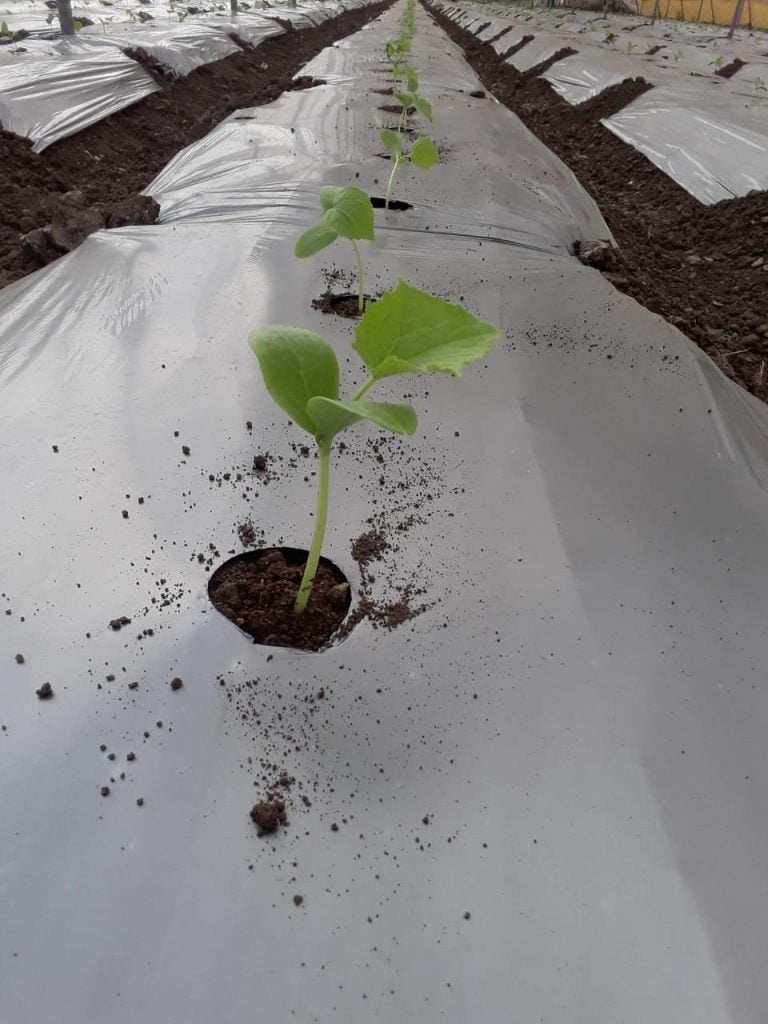
The use of mulching in making beds for cucumber cultivation is beneficial as it helps in weeding and helps in retaining soil moisture.
But mulching should be avoided if a new crop is to be planted in summer days.
Planting spacing
1) 60 cm between two trees.
2) 50 cm in two rows.
Irrigation
The drip irrigation system is used for the cucumber crops, in which water and fertilizer balance is maintained according to plant growth. The farmer needs to ensure moisture in the plant’s root zone.
Special cultivation methods in cucumber
Cucumber leaves grown in greenhouses are very large and growing fast, requiring plenty of sunlight. Therefore in order to get enough sunlight on the leaves of the cucumber in the greenhouse, it is necessary to Trellising, prune, and train.
1. Cucumber Trellising, Pruning, and Training.
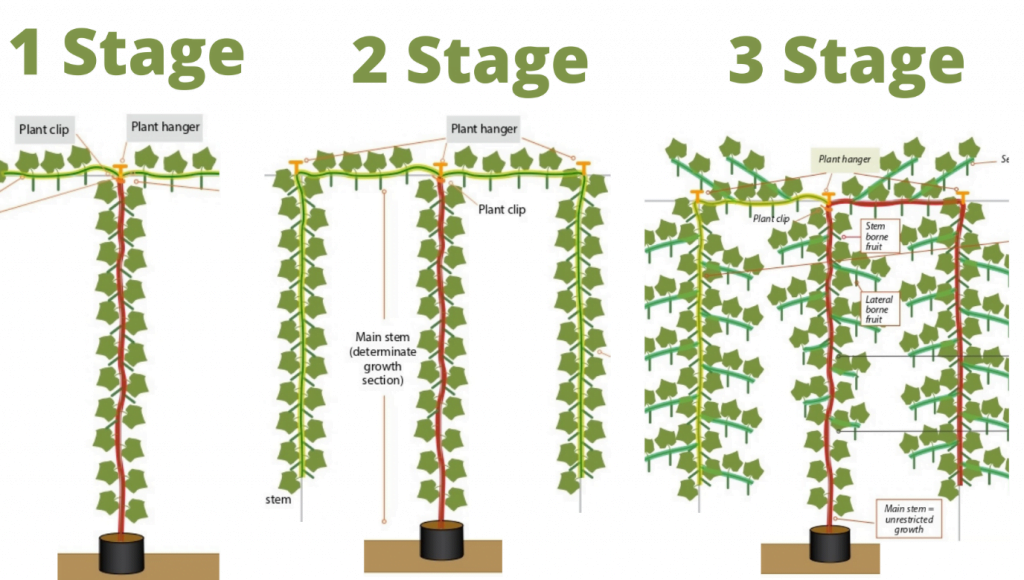
Cucumber crops are raised at right angles to the ground on a wire at the height of 2.5-3 meters. When the cucumber vine reaches the star, its tip is pruned and pruned to form an umbrella.
When one or two leaves of a cucumber vine grow on the stem, the growing part (top) of the main stem is removed. The branches on either side of the star are then extended. They are then allowed to grow down the star. When the vine reaches near the ground, its apex is removed.
2. Fruit Thinning
Fruit thinning depends on the plant’s vigor and the fruit’s weight.
When too many fruits are set together, their growth slows down, and smaller fruits may form that are not for sale. Therefore, it is necessary to thin small, deformed, and low-quality fruits.
Cucumber Harvesting

Harvesting usually starts 50 to 65 days after planting. Cucumbers grow fast, so they are harvested every 2 to 4 days.
Major diseases and pests in a cucumber crop
We will look at important diseases and pests in the cucumber crops.
Major diseases of cucumber crop
1) Damping OFF
Outbreaks appear to be exacerbated during germination. In the early stages of the disease, when the seedlings germinate, both of them lose their strength, and the plant stops growing. Also, the leaves are dry from the apex, and the trunk is brown. If the water is not drained properly, the incidence is higher.
The disease progresses more rapidly in humid and cold climates and can also occur in extreme temperatures.
2) Fusarium Wilt
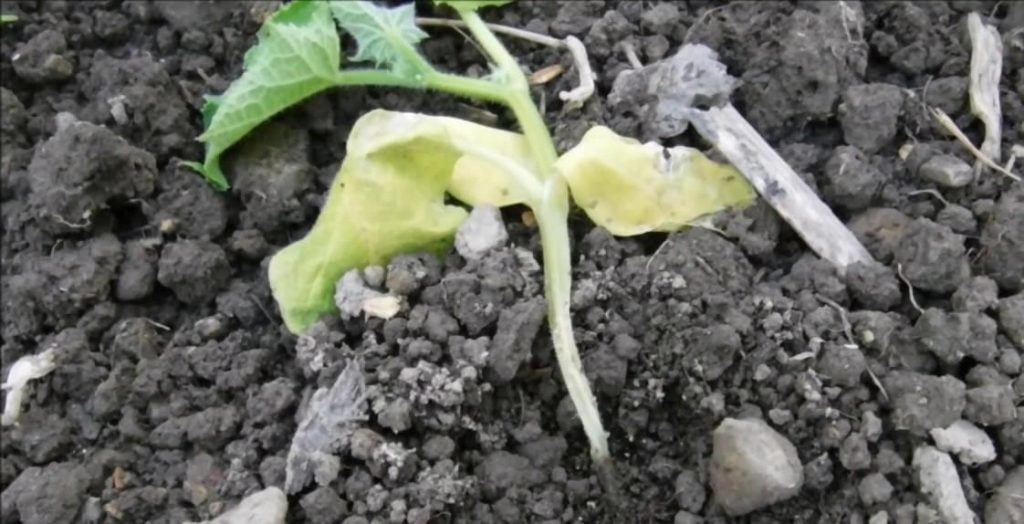
It is a fungal disease. It mainly attacks the vascular tissue of plant roots and stems, obstructing the transport of water and nutrients. This stunts the growth of the plant, and then it dies.
3) Downey Mildew

The main symptom of this disease is pale green, yellowish spots on the upper side of the leaf.
Symptoms appear first on the lower, older leaves. The first signs of downy mildew are often angular, yellow patches on the upper leaf surfaces.
The disease spreads rapidly in cloudy weather. The diseased plant produces less flowers and fruits of inferior quality.
4) Powdery mildew

It is a fungal disease that causes fungus on cucumbers. Symptoms include white powder on the top of the leaf and growth of fungus on the underside of the leaf. Fruits and leaves are damaged by white powder and fungus. These deformed and spotted tree leaves later fall off, resulting in lower yields and smaller fruits. It also affects the taste of the fruit as it stores less sugar in the leaves.
5) Cucumber Yellow Stunted Disorder virus (CYSDV)
Whiteflies spread this viral disease. Bright yellow leaves and green veins characterize it. This damages the chlorophyll in the plant, which has a direct effect on the photosynthetic capacity of the plant. Production decreases.
Major pests of cucumber crop
1) Mite
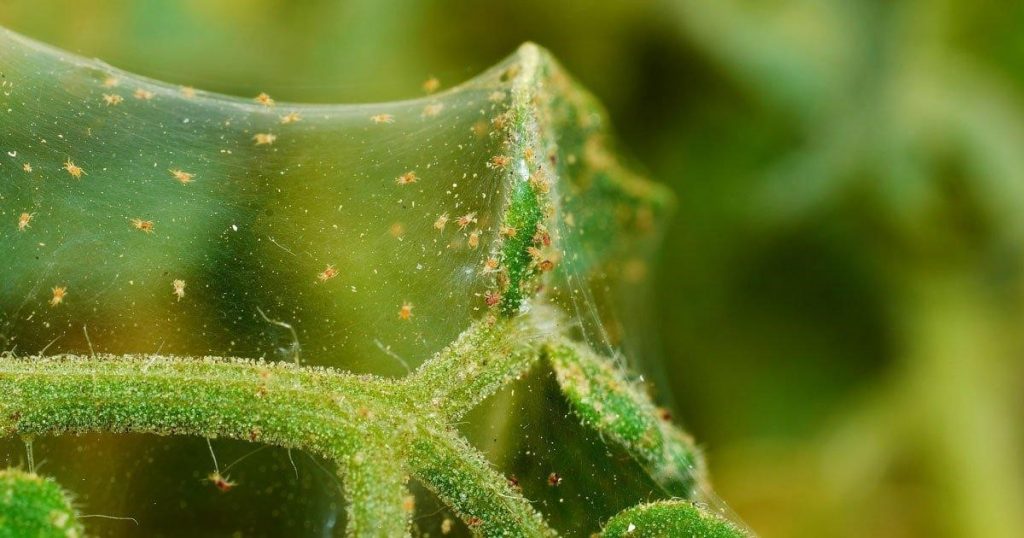
Small yellow or white spots appear on the leaves of plants suffering from mites. The most infested leaves become completely dull, and webs form on the leaves, and they fall off prematurely. Mites are more susceptible to hot weather conditions.
2) Trips
Thrips are not a very dangerous pest for the cucumber crop, but it is important to take proper care of it. White, brown spots appear on diseased leaves, except that the leaves turn slightly. Thrips help spread the virus.
3) Whitefly
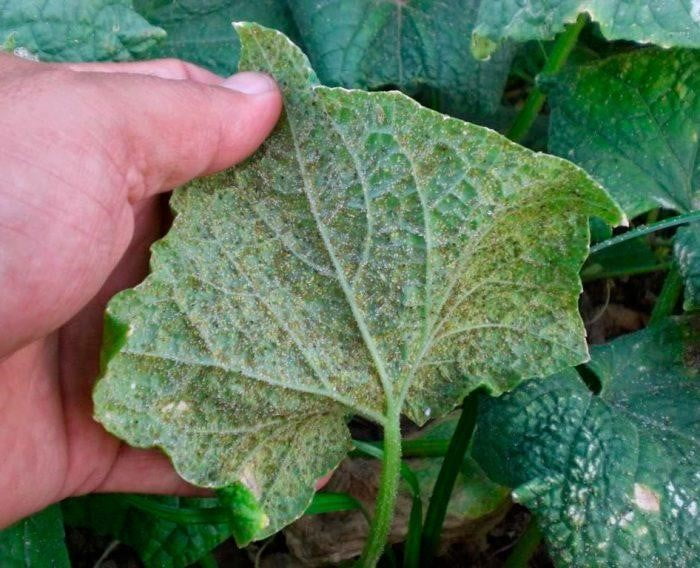
The whitefly is a deadly pest to the cucumber crop in the greenhouse.
The whitefly grows very fast, and a large number of whiteflies are found on the underside of leaves on diseased plants.
The leaves turn yellow and stunt the growth of the leaves. Honey-like spots accumulate on the leaves, and then they turn dark black.
Whiteflies spread the virus. Therefore, as soon as the whitefly becomes infected, it is necessary to plan a solution.
4) Leaf-Miner
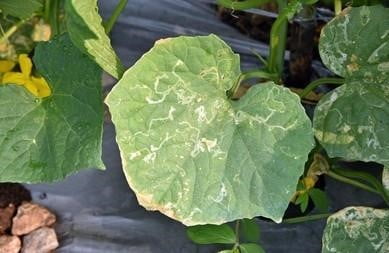
Leaf-Miner larvae absorb sap from the shoots and leaves of the plant. Also, Leaf-Miner makes many tunnels in the leaf. It damages the chlorophyll in the leaf, thus interfering with the photosynthesis process
5) Nematodes
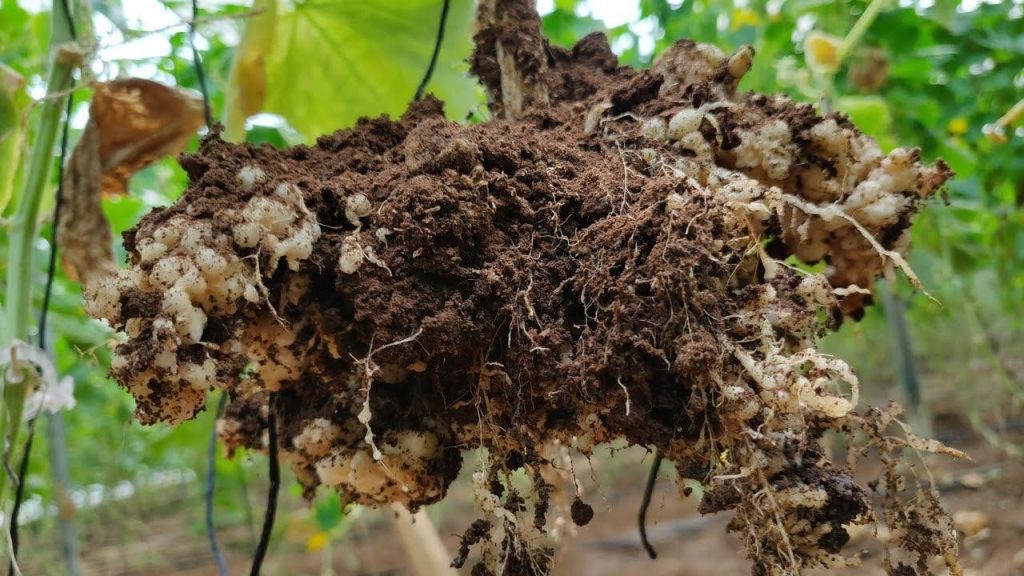
Nematodes form nodules at the plant’s roots, making it difficult for the crop to absorb water and nutrients. This disease seriously affects the plant’s growth and significantly reduces the yield.




Very informative article. Brief and to the point. I previously benefited from a similar article on growing garlic.
Please same on chilli and hot pepper.
Thank you.
Thank you, sure we provide a detail guide on chili and hot pepper.
Thank you
Very useful and encouraging
Thank you